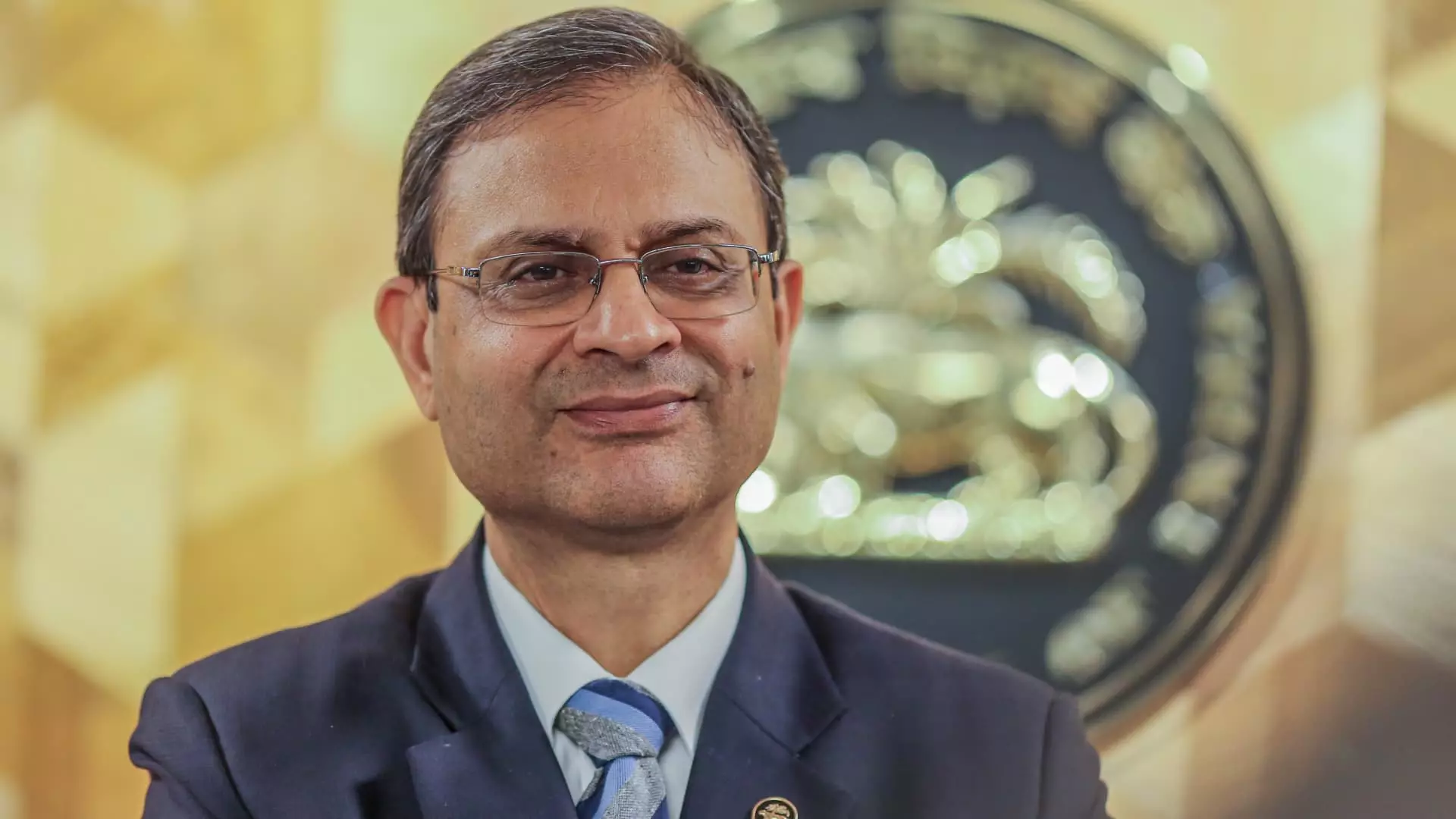In a significant shift in monetary policy, the Reserve Bank of India (RBI) announced a crucial reduction in key interest rates for the first time in almost five years. This decision, made during a live broadcast by RBI Governor Sanjay Malhotra, involved a 25 basis point decrease in the repo rate, now set at 6.25%. This rate cut, the first since May 2020 when India was grappling with the economic repercussions of the COVID-19 pandemic, emerges amidst a backdrop of easing inflation, creating a unique opportunity for the central bank to invigorate economic growth.
The Monetary Policy Committee (MPC) has projected real GDP growth for the next fiscal year at 6.7%, with the inflation rate forecasted to remain at 4.2%. However, the RBI revised its estimate for the current fiscal year ending in March, reducing the growth projection to 6.4%, indicative of a broader trend where economic performance has failed to meet expectations significantly. Despite a previously forecasted GDP growth of 6.6%, this adjustment highlights the challenges faced by the Indian economy as it seeks to recover from the slowdown of the preceding quarters. In contrast to these forecasts, the inflation rate for this year has been maintained at 4.8%, suggesting a cautious but optimistic outlook amid ongoing volatile economic conditions.
Following the announcement, Indian stock markets experienced a slight decline, with the benchmark Nifty 50 index decreasing by about 0.5%. Furthermore, the yield on 10-year government bonds climbed over 4 basis points to 6.7%. The MPC’s decision to adopt a “neutral” stance garnered mixed reactions from analysts who had anticipated a shift toward an “accommodative” positioning. Governor Malhotra emphasized that while growth shows signs of recovery, it remains significantly below previous years, which could lead to further adjustments in monetary policy as the situation evolves.
Inflation, after peaking in October, has shown a downward trend, dipping to 5.22% in December and 5.48% in November—now within the RBI’s upper threshold of 6%. This easing inflation provides some room for the RBI to maneuver; however, analysts caution that ongoing cuts to the policy rate could potentially exacerbate inflationary pressures, especially against the backdrop of a weakening rupee. With India’s currency hitting record lows against the US dollar, the potential for capital outflows becomes a pressing concern, prompting the RBI to engage in proactive measures in foreign exchange markets to stabilize the rupee.
The RBI’s decision to cut interest rates is a pivotal moment in India’s economic narrative, reflective of a balancing act between stimulating growth and controlling inflation. With domestic economic indicators painting a mixed picture and external pressures looming, the future trajectory of India’s economy will significantly depend on the effectiveness of monetary interventions in response to these challenges. The ongoing developments warrant close monitoring as the central bank navigates these turbulent waters in the fiscal landscape.


Leave a Reply